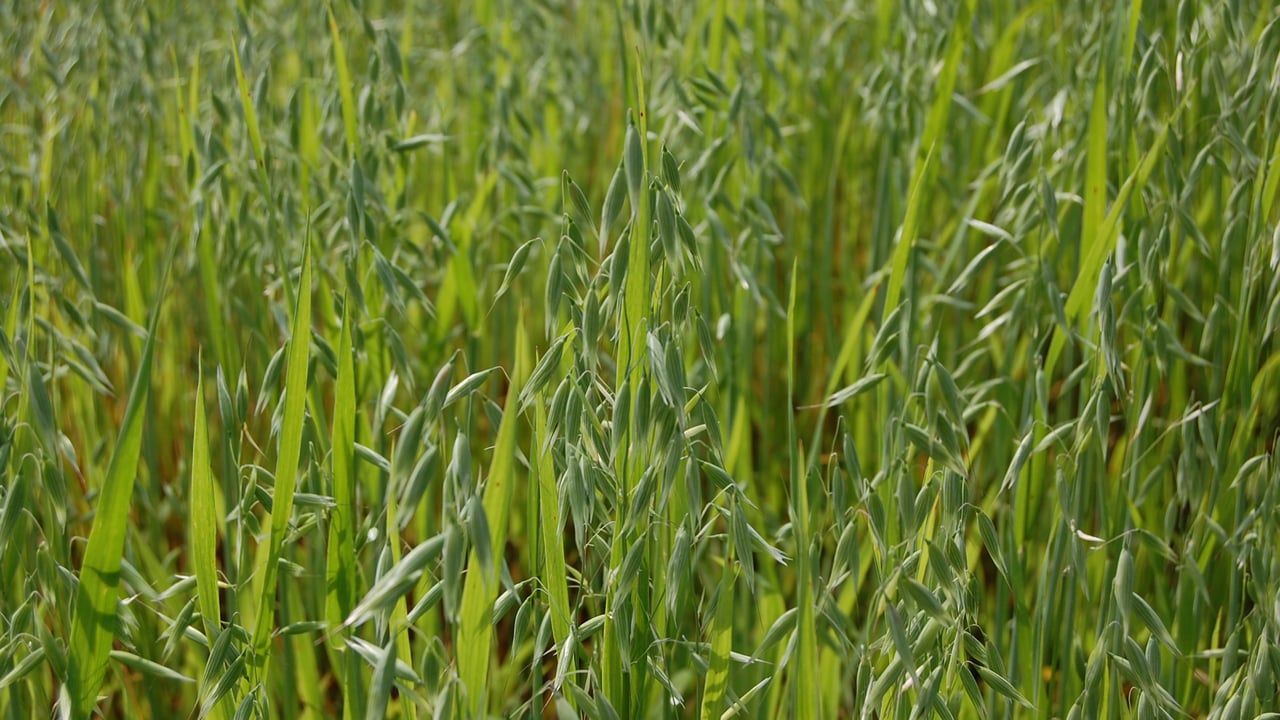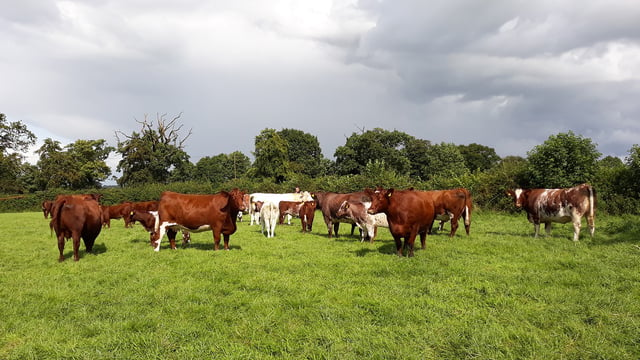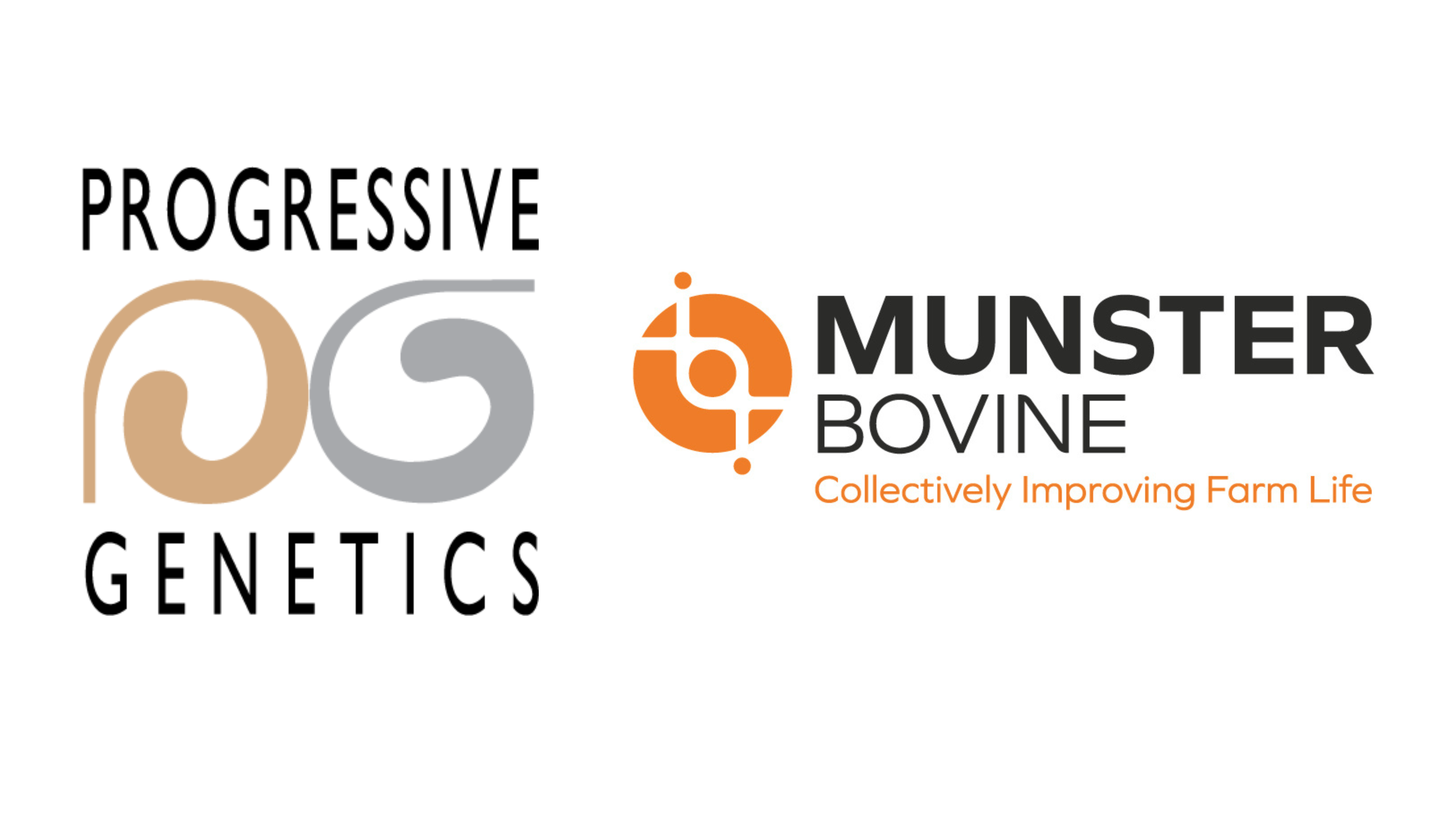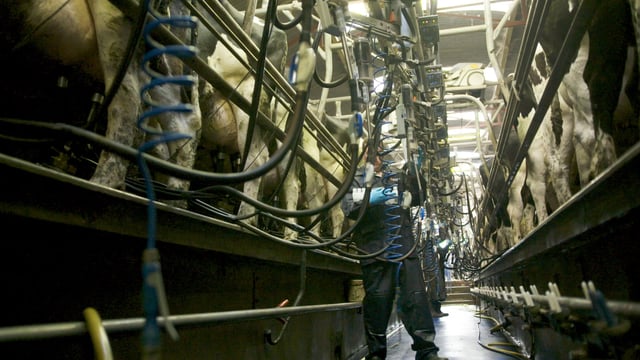Tillage, horticulture, organic farming expansion proposed in Food Vision 2030
An expansion in tillage, horticulture and organic-farming sectors is proposed in Food Vision 2030, the government's 10-year agri-food strategy, published this week.
This expansion proposal is in addition to a plan to reduce Ireland's dependence on imported protein crops.
These measures are part of a focus on creating a more resilient and diversified system, according to the strategy, which is "capable of coping with the risks associated with changes in economic and climatic circumstances".
While the strategy noted that there is a relatively low level of interest among farmers to diversify their farm enterprise, this is changing.
Food Vision 2030 is the next instalment in a series of Irish agri-food strategies, following on from Harvest 2020 and Foodwise 2025.
Of its time, Food Harvest 2030 is based on improving sustainability, climate and environment measures in agriculture and food production.
The tillage and horticulture sectors are the most carbon-efficient of Irish agriculture, according to Food Vision 2030.
While retaining the area under both is important, an "ambition to increase both" was highlighted in the strategy.
In Ireland, tillage is second to dairy in terms of economic viability and, although costs are high, there is room to improve competitiveness, efficiency, and to take advantage of emerging market opportunities, according to the strategy.
In doing so, it said, farmers can help to reduce environmental footprint, particularly in relation to water quality and improving biodiversity.
One of the proposals put across to develop the sector involves "taking advantage of potential growth" in:
Other measures include focusing on soil management, including nutrient-use efficiency and soil quality; developing effective pesticide-management techniques; investing in precision and other technologies; and, potentially, aligning the Irish Grain Assurance Scheme (IGAS) with Origin Green.
In Ireland, horticulture occupies less than 1% of total land. Expanding this sector would make a valuable contribution to achieving a climate-neutral sector by 2050, according to the strategy.
"However, the scale required, high start-up costs, labour shortages and retail pressures pose challenges for the sector."
But these challenges can be overcome by developing a road map for horticulture to 2030, according to the strategy.
This would involve taking advantage of the growing demand for fruit and vegetables, whole-foods and amenity; increasing production and consumption of Irish produce on the domestic market; and, where possible, to take advantage of expanding opportunities internationally.
Formalising specific environmental targets; addressing labour issues; promoting collaboration within the sector through producer organisations; and identifying market opportunities are also recommended.
Less than 2% of land in Ireland is under organic farming, which is very low compared to other European countries where the average utilisable agricultural area (UAA) is over 7.5%.
But the market for organic food in Ireland is growing and mirrors a growing trend right across Europe, the strategy said.
Areas of Irish agriculture with organic potential, according to the Review of Organic Food Sector and Strategy for its Development 2019-2025, include horticulture, tillage, dairy and poultry.
"Furthermore, the insufficient supply of organic cereals and proteins is inhibiting the growth of the organic dairy, meat, and aquaculture sectors," the strategy noted.
It proposed a number of actions to grow our organic farming sector, and to achieve at least 7.5% of UAA:
According to the strategy, diversification has the potential to make individual farms more sustainable and resilient from all three perspectives of sustainability - economic, environmental and social.





